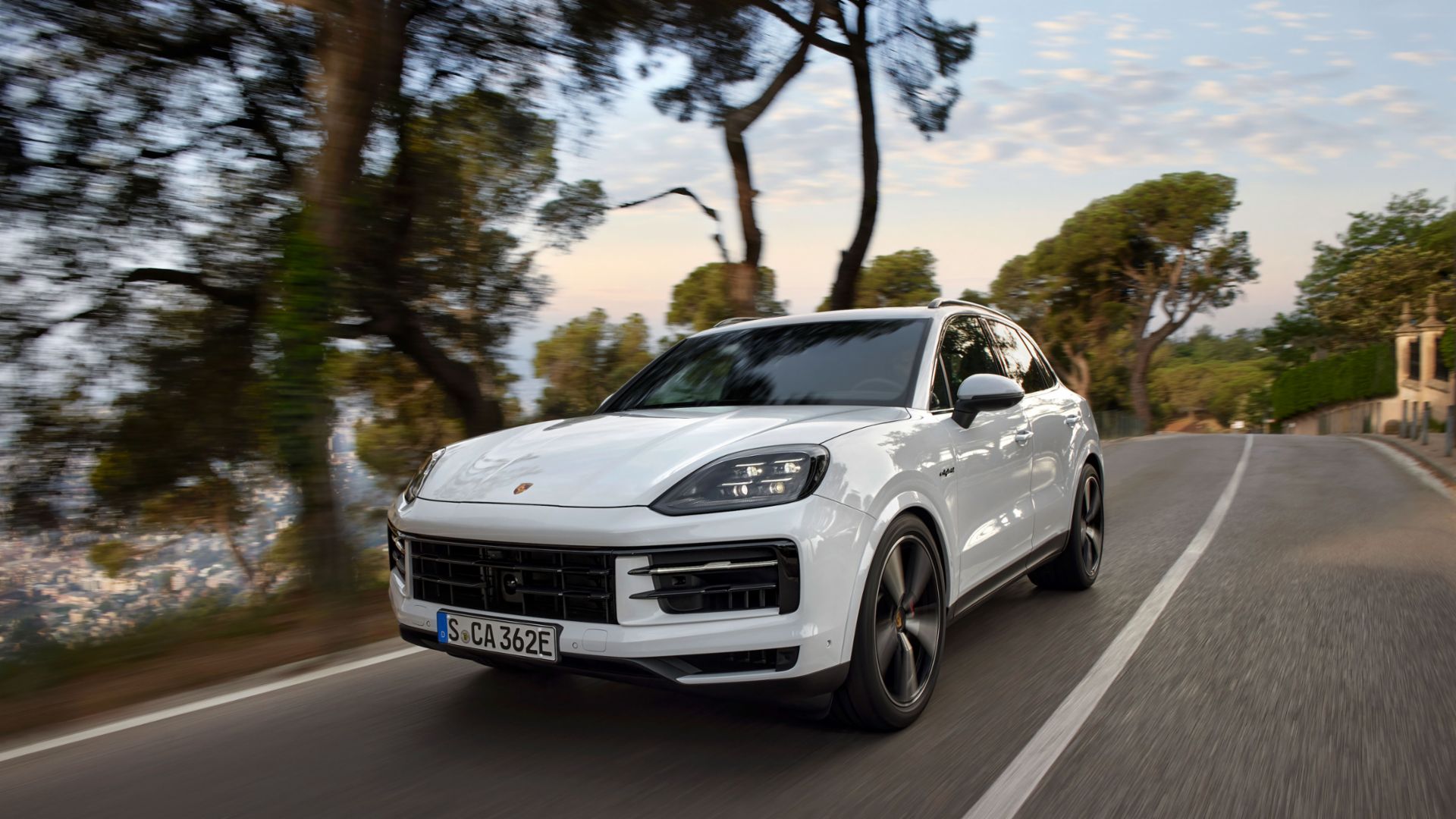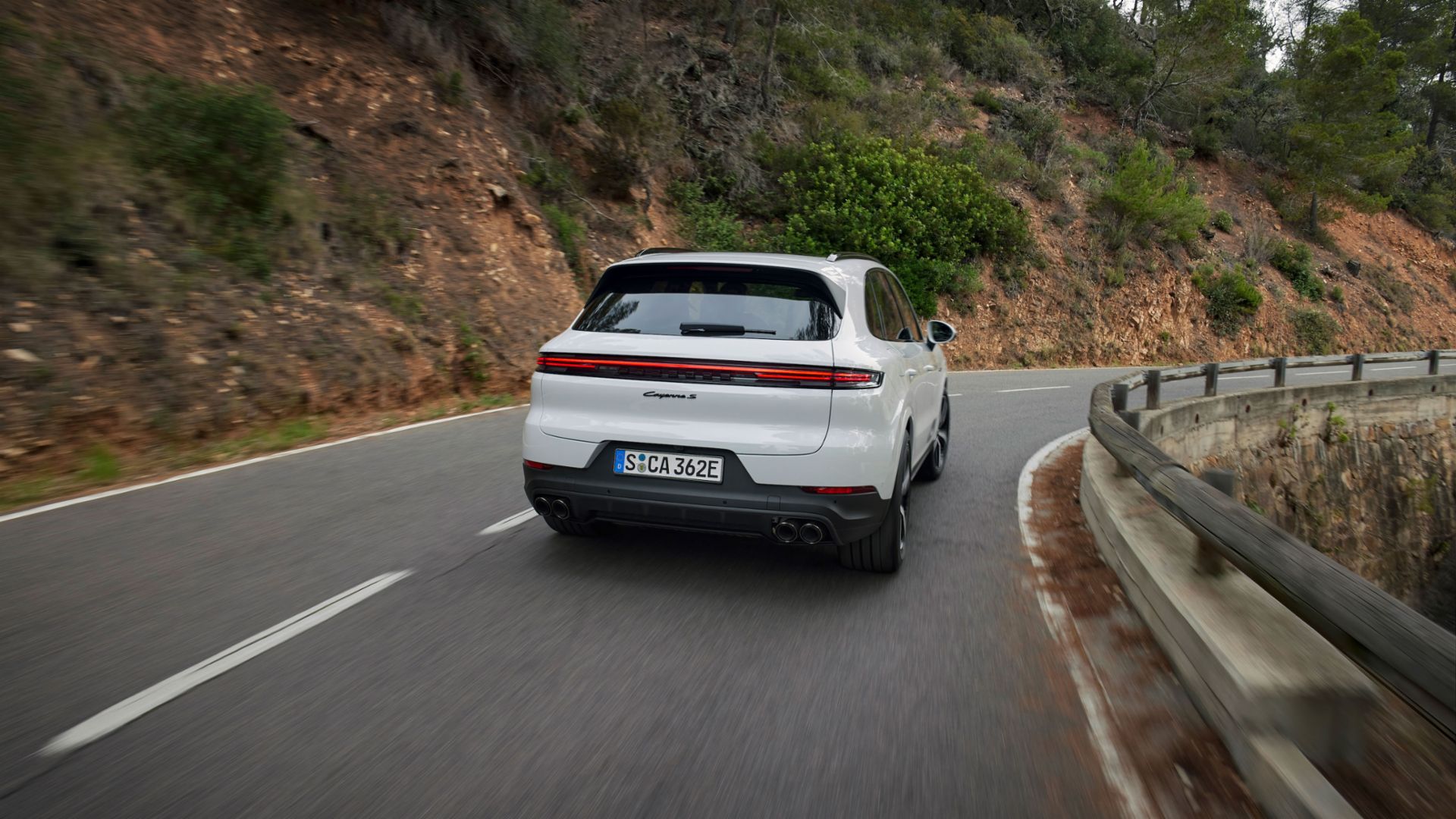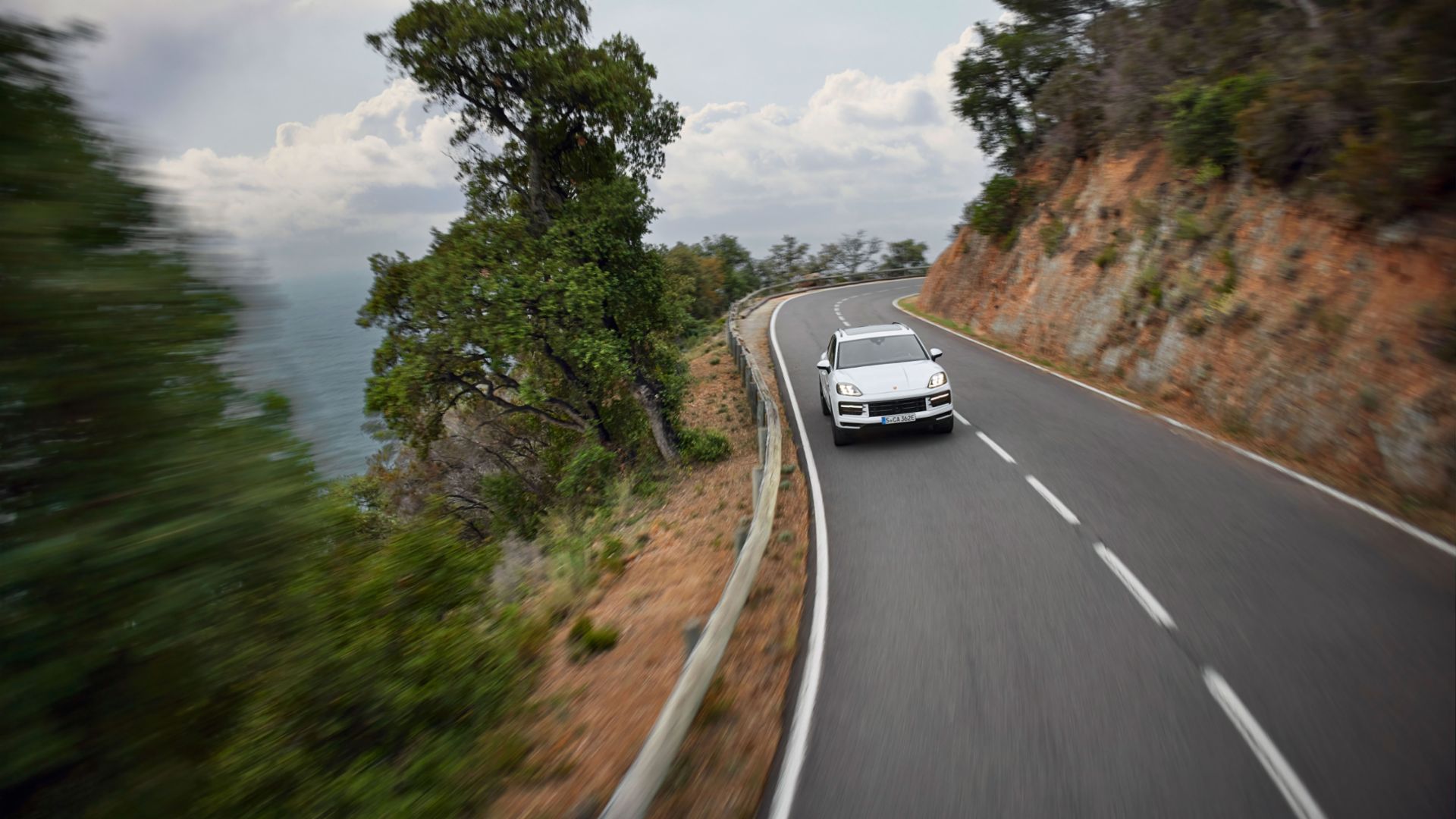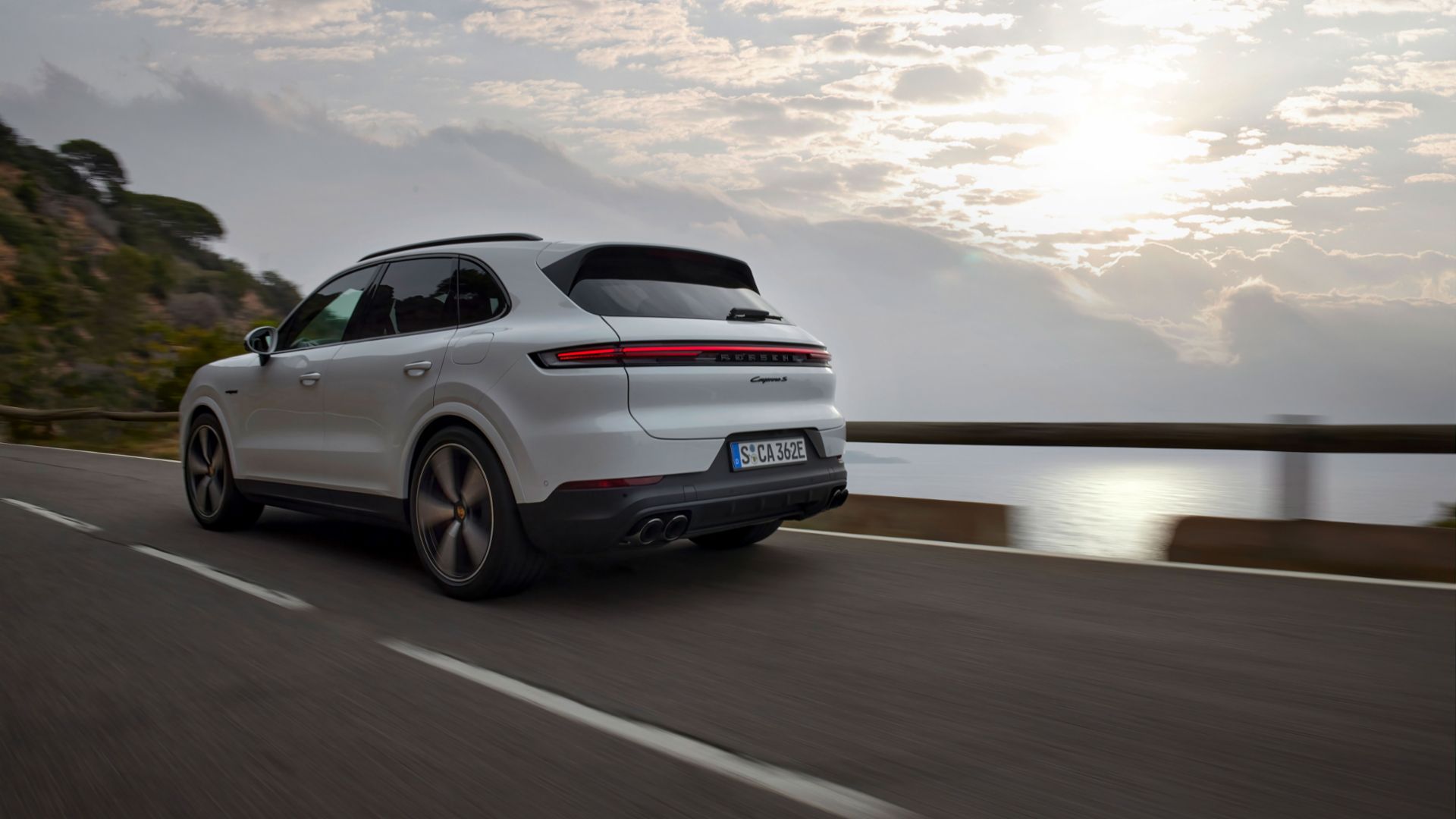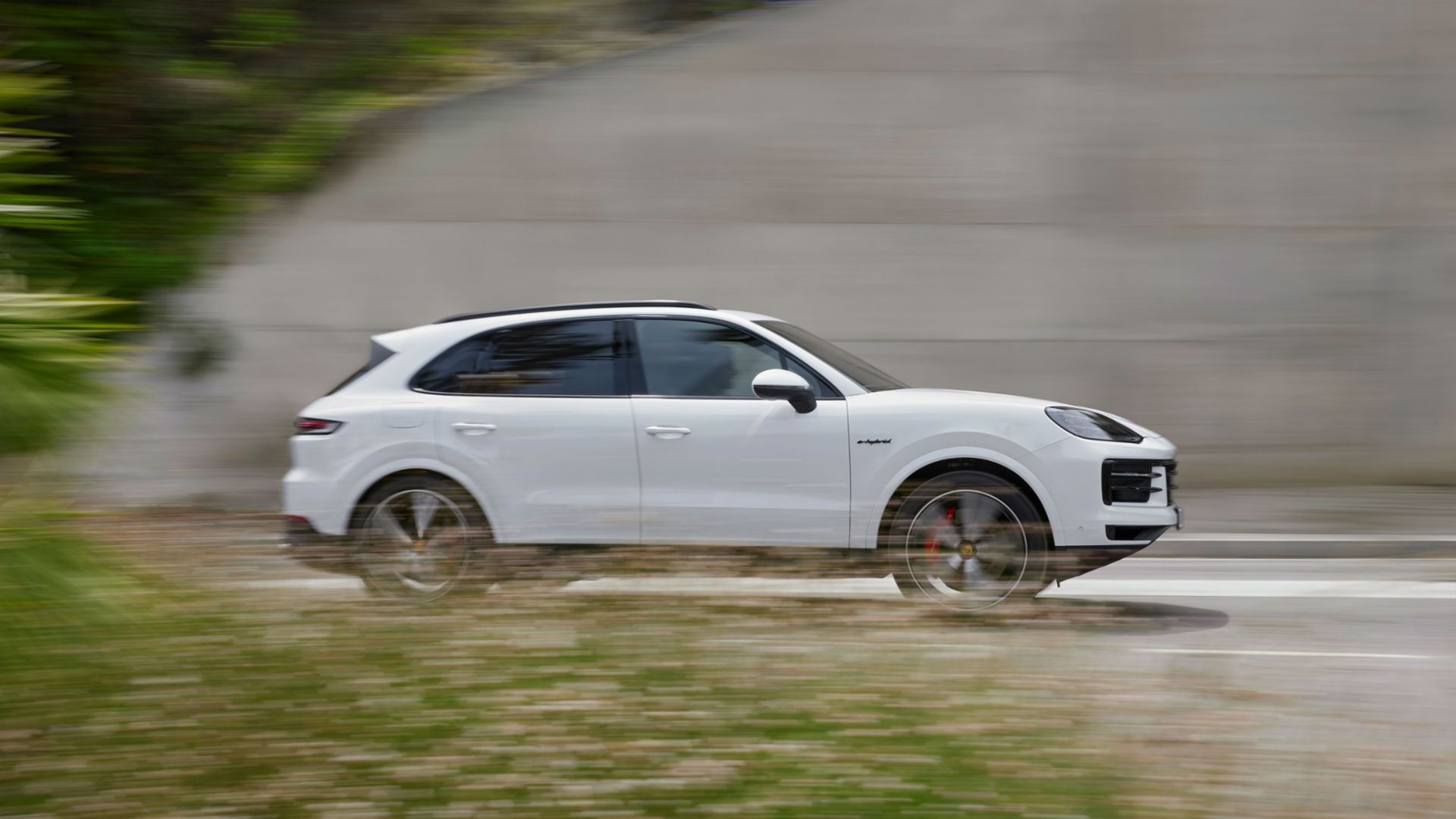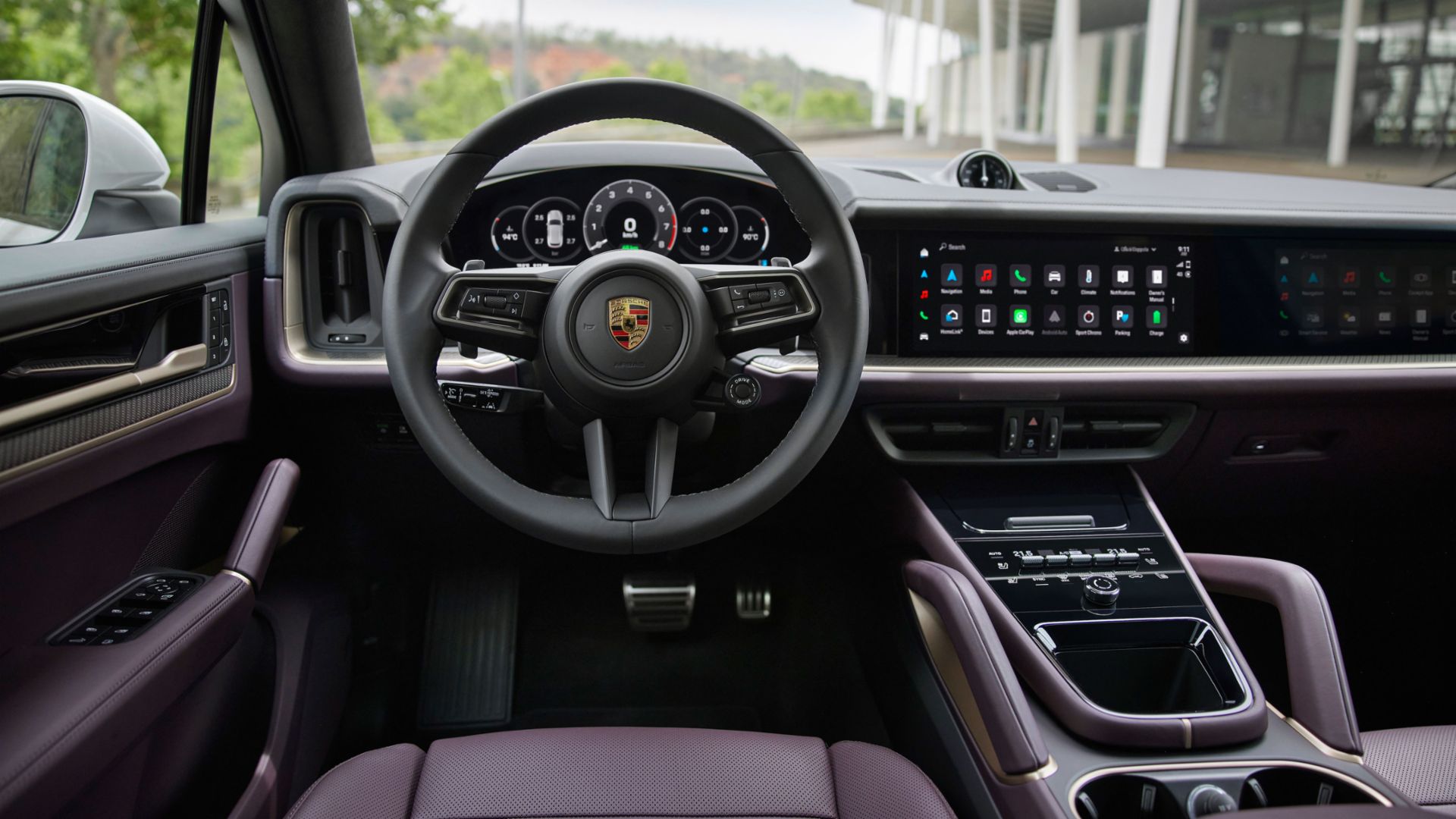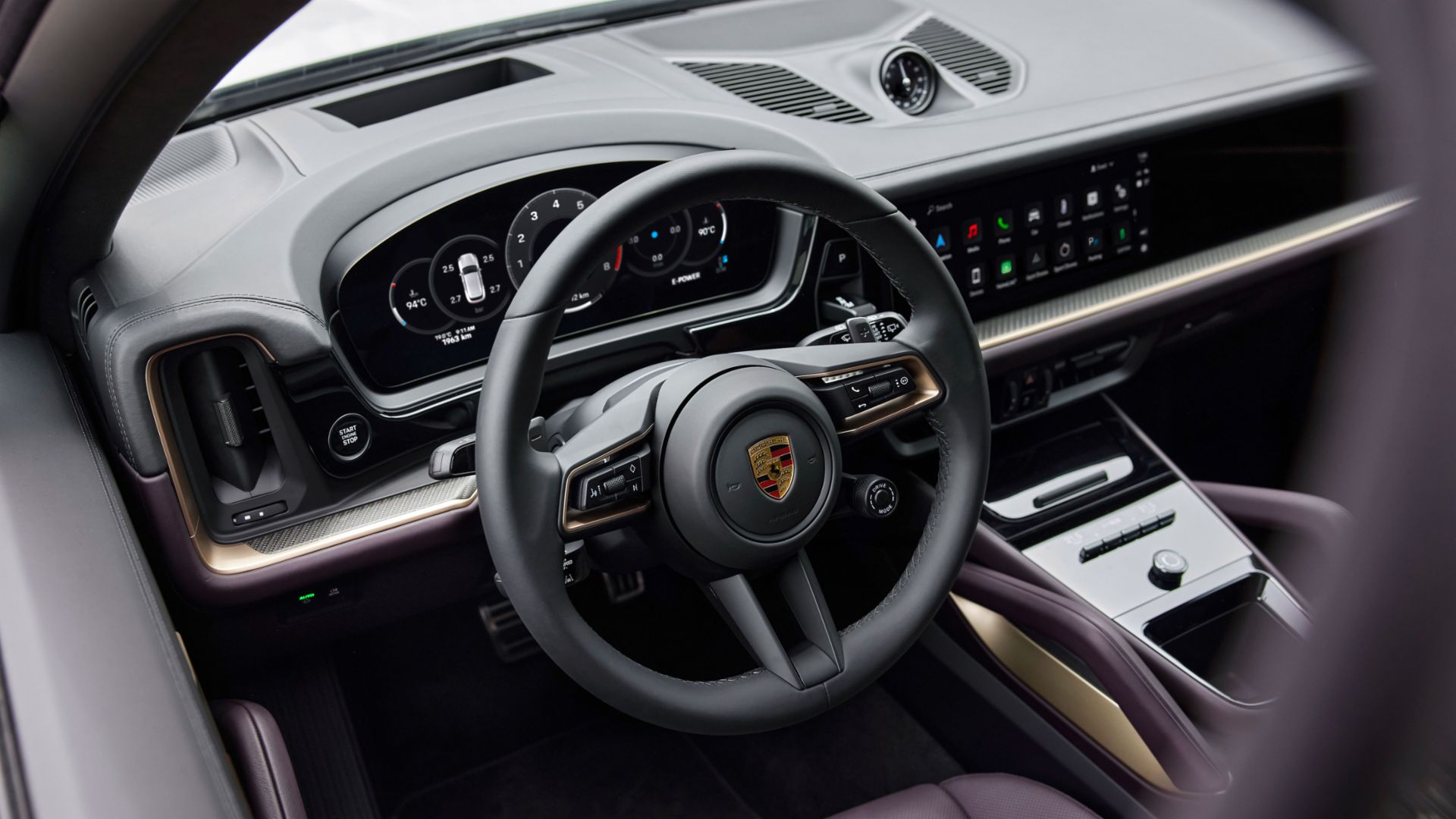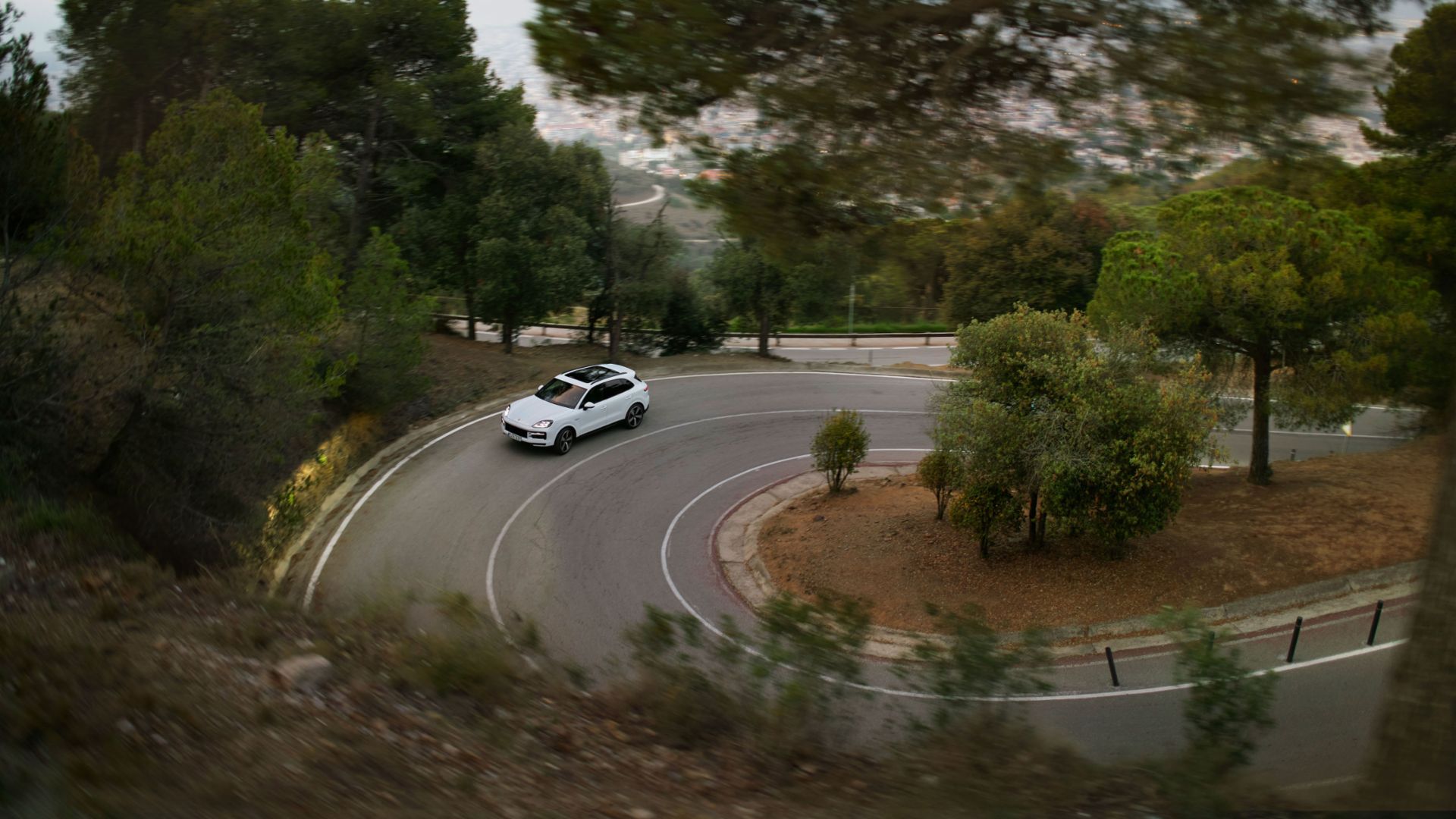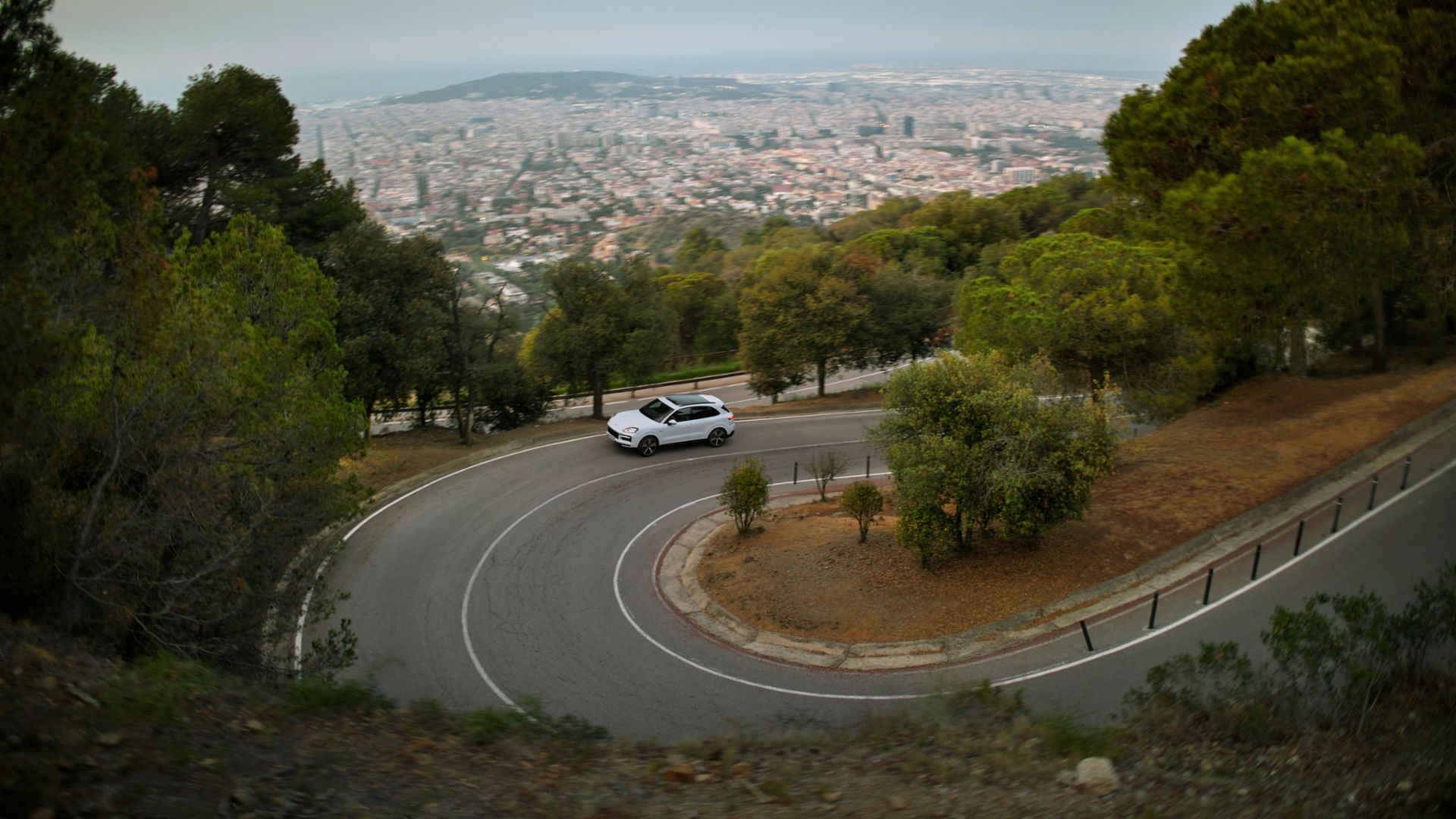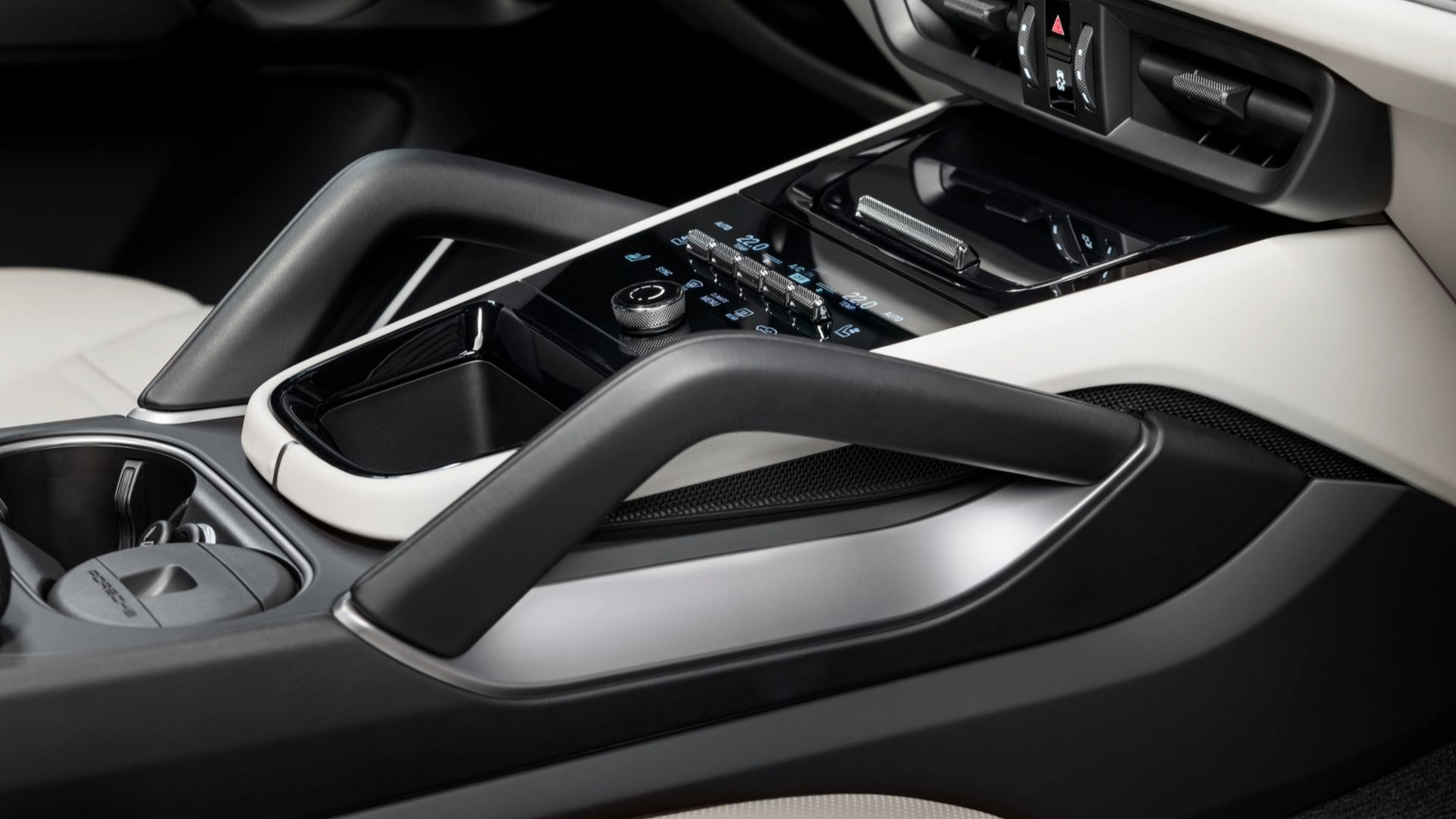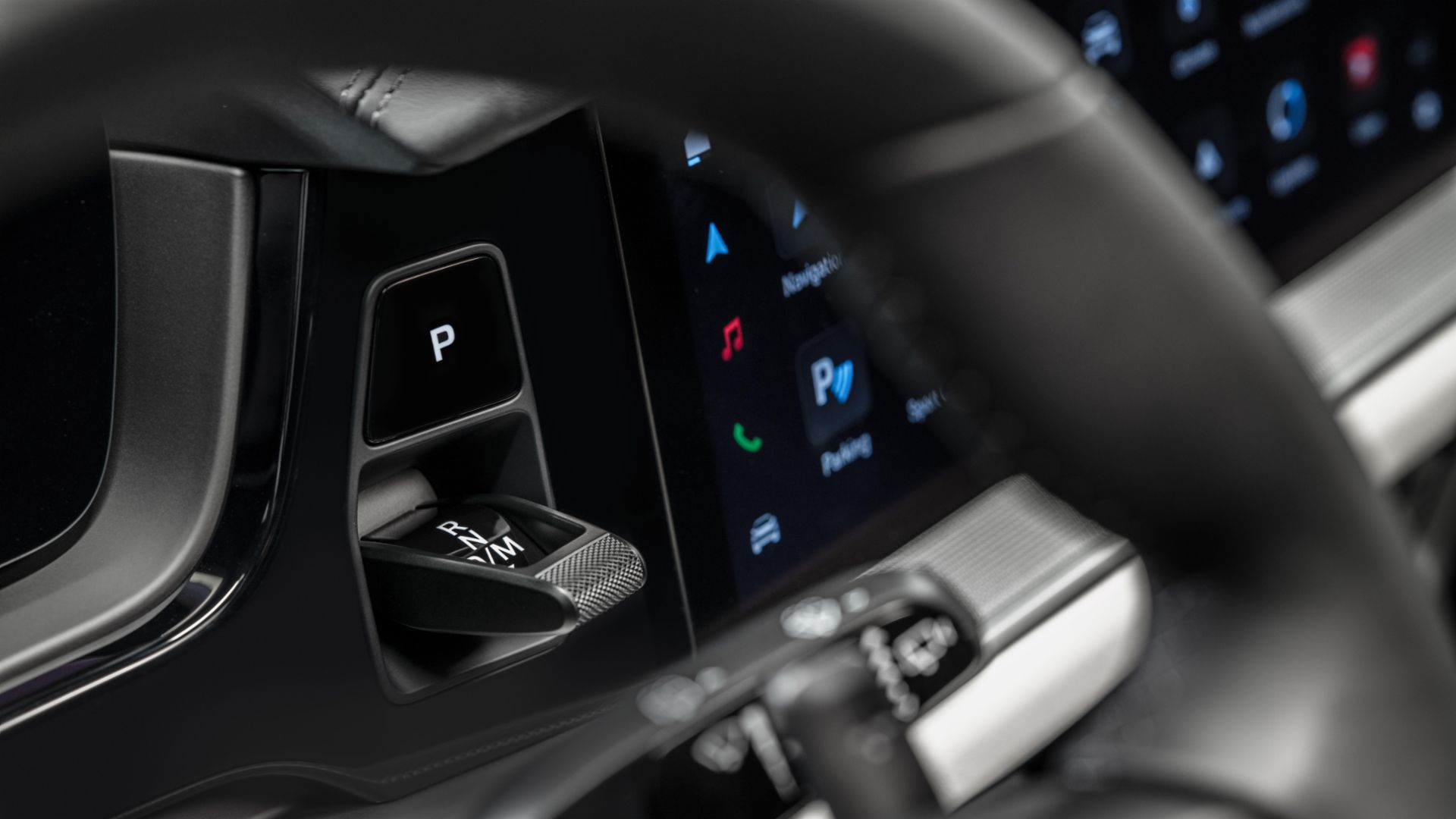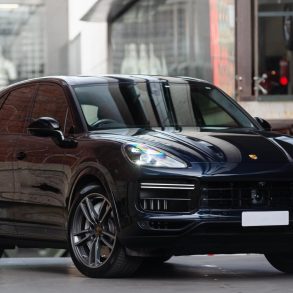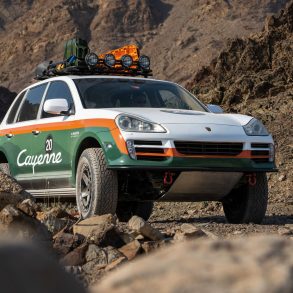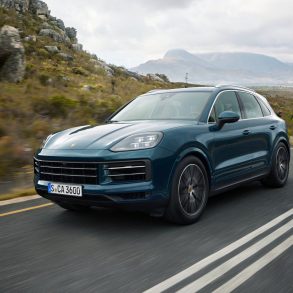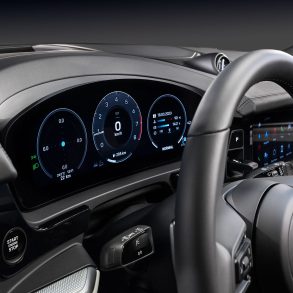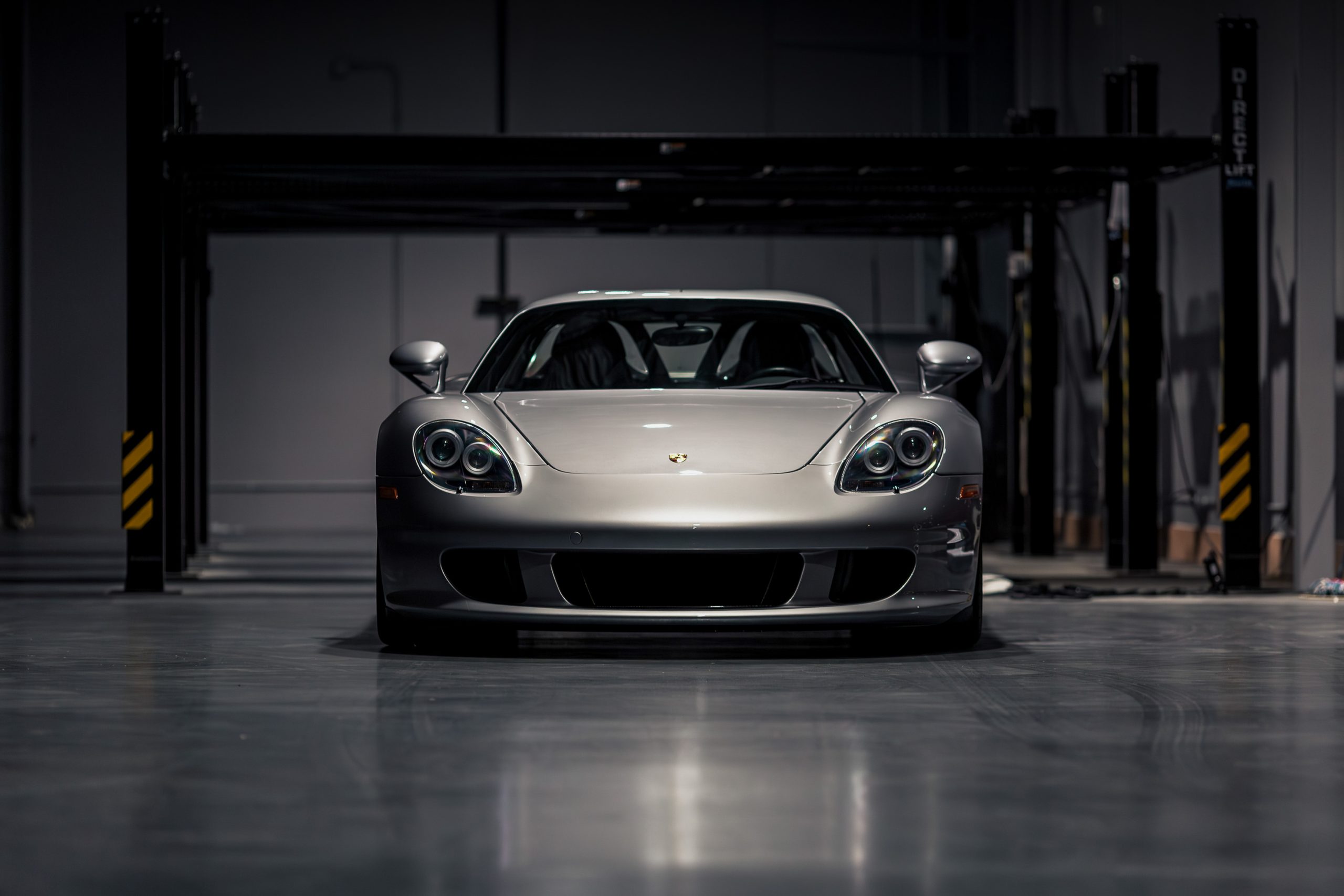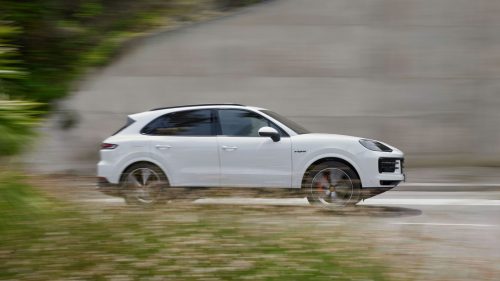
Current Porsche Cayenne E-Hybrid SUV – Ultimate Guide
The 2024 Porsche Cayenne E-Hybrid SUV returns with more power, more electric range, and smoother operation, all wrapped in the familiar, practical shape of Porsche’s best-selling SUV. This year, Porsche has made some meaningful upgrades under the skin that not only improve performance but also refine how the hybrid system integrates into daily driving.
At the heart of the E-Hybrid is the same 3.0-liter turbocharged V6 as before, paired with an updated electric motor. The combustion engine contributes 300 horsepower on its own, while the electric motor now puts out 174 horsepower, up from 134 last year. When working together, the system delivers a combined output of 463 horsepower and 479 lb-ft of torque. That’s a modest increase in power but a noticeable bump in torque delivery, especially when pulling away from a stop or passing on the highway.
The 2024 model also gets a much larger battery pack, jumping from 17.9 kWh to 25.9 kWh. That increase in capacity is more than just numbers; it gives the Cayenne E-Hybrid noticeably better electric-only range, with early estimates suggesting it could reach close to 30 miles on a charge, depending on conditions. That makes short commutes or city errands possible without using any fuel, especially with the updated regenerative braking system that now operates all the way down to a stop. A new 11 kW onboard charger also reduces the time it takes to juice up the battery to just 2 hours and 40 minutes using a compatible Level 2 charger.
In terms of driving feel, Porsche worked on the transition between regenerative and friction braking. The result is a brake pedal that feels more consistent, something that’s long been a challenge for hybrids. A new brake booster helps smooth out the blending process, giving the driver better control whether you’re creeping in traffic or pushing hard through a canyon road.
Chassis-wise, the 2024 E-Hybrid SUV benefits from the same mechanical updates as the rest of the Cayenne lineup. Standard now is Porsche’s PASM (Porsche Active Suspension Management), which brings adaptive dampers for a more composed ride. Optional air suspension adds two-chamber technology that allows better control over ride height and firmness, depending on drive mode. Rear-axle steering is available too, improving both agility at low speeds and stability at high speeds.
From the outside, the E-Hybrid doesn’t scream “plug-in” like some other hybrids. It wears the same refreshed sheet metal as the rest of the 2024 Cayenne lineup, which includes tweaked front and rear fascias and new Matrix Design LED headlights. The hybrid’s only giveaways are the subtle lime green brake calipers and badging, unless you know where to look for the charging port on the driver’s side rear fender.
Inside, Porsche has gone all-in on screens. A new curved 12.7-inch digital gauge cluster sits behind the steering wheel, joined by a 12.3-inch central infotainment display and an optional 10.9-inch passenger screen. The overall design is cleaner, borrowing cues from the Taycan EV with a minimalist center stack and a new gear selector that’s now mounted on the dashboard to free up space on the center console. Climate controls still use physical toggles, which is a small but welcome touch in an increasingly touchscreen-heavy world.
The infotainment system supports wireless Apple CarPlay and Android Auto, and there’s now a cooled wireless charging pad for your phone. Optional features include a head-up display, four-zone climate control, massaging seats, and a premium Burmester audio system. The Cayenne E-Hybrid is no longer a compromise. It offers nearly everything you can get on the gas-only models.
In terms of practicality, the E-Hybrid SUV retains generous rear seat space and a usable cargo area, though the battery placement slightly reduces total capacity compared to non-hybrid models. The split-folding rear seats remain, and the power tailgate is standard. If you’re using the vehicle as a daily driver or family hauler, it won’t feel like you’re giving anything up in terms of space or flexibility.
As for safety, Porsche equips the Cayenne E-Hybrid with a long list of standard and optional driver assistance features. You get forward collision warning with automatic emergency braking, lane departure warning, front and rear parking sensors, and a 360-degree camera system. Adaptive cruise control, lane-keep assist, and a night vision camera are available through the optional Assistance package.
Driving modes play a big role in how the E-Hybrid behaves. There’s a default Hybrid Auto mode that optimizes energy use based on your route and traffic conditions. You also get modes for pure EV driving, battery charging, and, of course, Sport and Sport Plus. In those performance settings, the system prioritizes throttle response and keeps the battery charged just enough to provide an electric boost when needed.
Overall, the 2024 Cayenne E-Hybrid SUV is a well-rounded luxury plug-in that doesn’t force you to pick between efficiency and performance. It’s fast, it’s comfortable, and it looks like a Porsche should, without shouting about its electrified powertrain.
Pictures
Reviews & Videos
Press Release
Greater range, faster charging, more power
The E-Hybrid models of the Cayenne combine performance and efficiency in innovative ways. It’s truer than ever before: comprehensively revamped powertrains enable greater range, higher system output and shorter charging times.
The heart of the hybrid system in all E-Hybrid () is a new electric motor. A coil with an optimised number of turns as well as a new magnet and an increased phase current of the pulse inverter boost the electric power by 30 kW to 130 kW (176 PS). An additional 50 Nm takes the torque up to 450 Nm. Moreover, the new electric motor can convert 30 per cent more braking power into electrical energy in generator mode and store it in the traction battery: The new Cayenne E-Hybrids now recuperate with a capacity of up to 88 kW and at speeds down to 2 km/h. The predecessor braked down to a speed of 14 km/h with the electric motor. The compact unit is integrated in the revamped eight-speed automatic transmission.
A new brake booster further refines the driving experience in all E-Hybrid models. The Cayenne uses the technology to make the transition between the recuperation brake and the friction brake particularly smooth. This results in a consistent pedal feel throughout the braking process and thus to optimal dosing of braking power in both everyday and dynamic driving situations.
Porsche is also equipping all new Cayenne E-Hybrid models with a larger high-voltage battery, with an 8 kWh capacity increase to 25.9 kWh all told. Compared to predecessor models, it thus enables significantly more all-electric trips. With the new 11 kW on-board charger, the charging time at a suitable wall charger or charging station is just two hours and 40 minutes despite the increase in battery capacity.
The driving modes of the new Cayenne are designed to use the available energy as intelligently and efficiently as possible. In the Sport driving programme, the minimum charge level of the traction battery drops from 30 to 20 per cent, and in the Sport Plus driving programme from 80 to 30 per cent. This means the internal combustion engine needs to recharge the battery less frequently, which improves the overall efficiency of the vehicle. Another new feature are the charging strategies in the E-Charge driving programme: When driving in built-up areas and at speeds of less than 55 km/h, the drive system operates in hybrid mode. The combustion engine and the electric motor share the workload and the charge level stays constant. Outside of town and at higher speeds, the internal combustion engine takes over completely and charges the battery to a maximum charge level of 80 per cent. The revised Hybrid-Auto mode includes environmental and navigation data in the powertrain strategy and enables a higher proportion of the route to be driven on electric power alone in city driving.
Cayenne S E-Hybrid
The Cayenne S E-Hybrid Cayenne S E-Hybrid (preliminary values): Fuel consumption* combined (WLTP) 4.6 – 4.0 l/100 km, Fuel consumption with depleted battery combined 10.7 – 9.9 l/100 km, Electric power consumption* combined (WLTP) 20.0 – 19.1 kWh/100 km, CO₂ emissions* combined (WLTP) 103 – 90 g/km, CO₂ class B , CO₂ class weighted combined B , CO₂ class with depleted battery G combines the dynamic demands of the Cayenne S with the progressive drive concept of the Cayenne E-Hybrid. In terms of the performance-relevant aspects of powertrain and suspension, Porsche is positioning the new Cayenne S E-Hybrid above the Cayenne S and Cayenne E-Hybrid. In doing so, the sports car manufacturer is creating yet another exhilarating point of access to efficient and advanced hybrid technology.
With 260 kW (353 PS), the three-litre V6 turbo engine in the Cayenne S E-Hybrid has 36 kW (49 PS) more power than the V6 in the Cayenne E-Hybrid. Together with the new electric motor, this results in a system output of 382 kW (519 PS). The SUV and SUV Coupé accelerate from zero to 100 km/h in 4.7 seconds and reach a top speed of 263 km/h. The electric range is up to 90 km (EAER City).
Cayenne Turbo E-Hybrid
The Cayenne Turbo E-Hybrid Cayenne Turbo E-Hybrid SUV (preliminary values): Fuel consumption* combined (WLTP) 5.3 – 4.8 l/100 km, Fuel consumption with depleted battery combined 11.9 – 11.2 l/100 km, Electric power consumption* combined (WLTP) 20.5 – 20.0 kWh/100 km, CO₂ emissions* combined (WLTP) 120 – 107 g/km, CO₂ class B , CO₂ class weighted combined B , CO₂ class with depleted battery G assumes the mantle of the previous Cayenne Turbo S E-Hybrid as the most powerful model in the portfolio. Both body styles combine superior drive performance with high efficiency. The revised hybrid technology in the new Cayenne supports both the day-to-day usability and the dynamic qualities of the top Cayenne.
The new electric motor works in conjunction with a powerful four-litre V8 twin-turbo engine in the Cayenne Turbo E-Hybrid. The combustion engine alone has an output of 441 kW (599 PS). Together, the two power units deliver an impressive combined power output of 544 kW (739 PS) and a maximum torque of 950 Nm. This amounts to a power boost of 43 kW (59 PS) over the previously offered Cayenne Turbo S E-Hybrid. The performance of the Cayenne Turbo E-Hybrid amply justifies its billing as the top of the line in the sports car of SUVs. With Launch Control, it crushes the sprint from 0 to 100 km/h in just 3.7 seconds and reaches a top speed of 295 km/h.
The eight-cylinder twin-turbo has been extensively revised for use in the new Cayenne to reduce fuel consumption and emissions. The switch from a twin-scroll to a single-scroll turbocharger results in higher exhaust-gas temperatures, which reduces fuel consumption in the highly dynamic range. Increased fuel injection pressure to 350 bar improves efficiency, while electrically controlled wastegates boost engine responsiveness. A new two-stage variable valve lift with two cam profiles per valve on the intake camshaft adjusts the valve train depending on the load condition. At low loads, the engine works with short valve opening times and small valve lift, at high power requirements with long opening times and large lift. The fully variable camshaft control Vario Cam Plus also varies the duration of the valve overlap. This improves performance while further reducing CO₂ emissions. Optimisations to the piston rings and piston cooling also promote the robustness of the powerful eight-cylinder engine.


